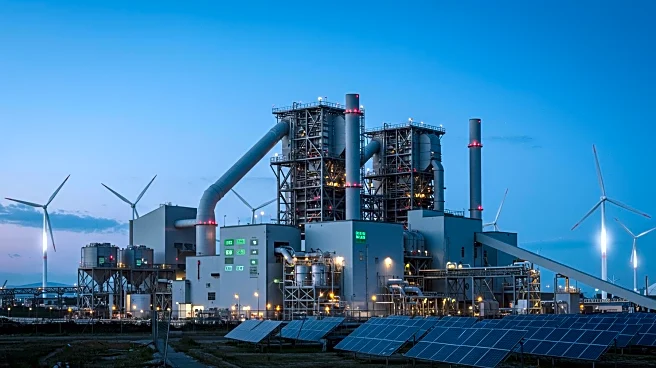What is the story about?
What's Happening?
The global waste-to-energy (WtE) market is expected to grow significantly, reaching $95.19 million by 2035. This growth is driven by rapid urbanization and government investments in waste management, particularly in the Asia Pacific region. Countries like China, Japan, and South Korea are expanding their WtE capacities to address landfill shortages and air pollution. The market is fueled by the increasing generation of waste and the demand for renewable energy sources. Environmental regulations and incentives are accelerating the adoption of WtE technologies, with new processes like gasification and pyrolysis gaining traction.
Why It's Important?
The expansion of the waste-to-energy market is vital for addressing global waste management challenges and promoting sustainable energy solutions. For the U.S., this growth presents opportunities to enhance waste management practices and reduce environmental impact. The adoption of WtE technologies can contribute to energy security and support the transition to renewable energy sources. As the market evolves, U.S. companies and policymakers may explore collaborations and investments in WtE projects, aligning with environmental goals and economic interests.
What's Next?
The future of the WtE market may involve advancements in technology and increased policy support. The U.S. could see a rise in WtE projects, driven by environmental regulations and the need for sustainable energy solutions. Stakeholders might focus on developing innovative waste processing methods and expanding infrastructure to accommodate growing waste volumes. The sector's growth could lead to new business opportunities and contribute to global efforts in achieving a cleaner energy future.
AI Generated Content
Do you find this article useful?












